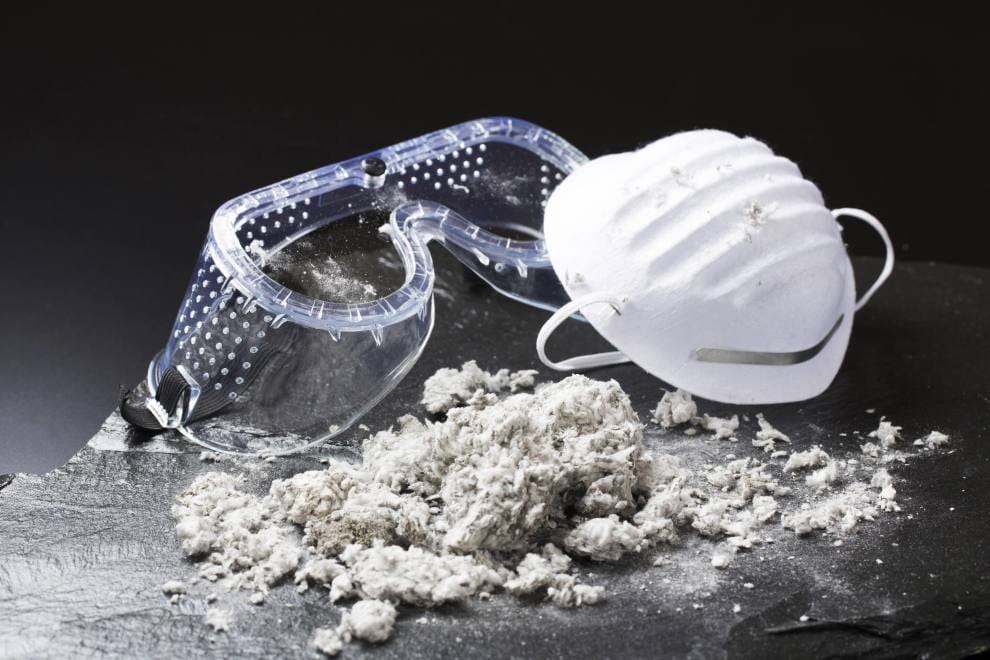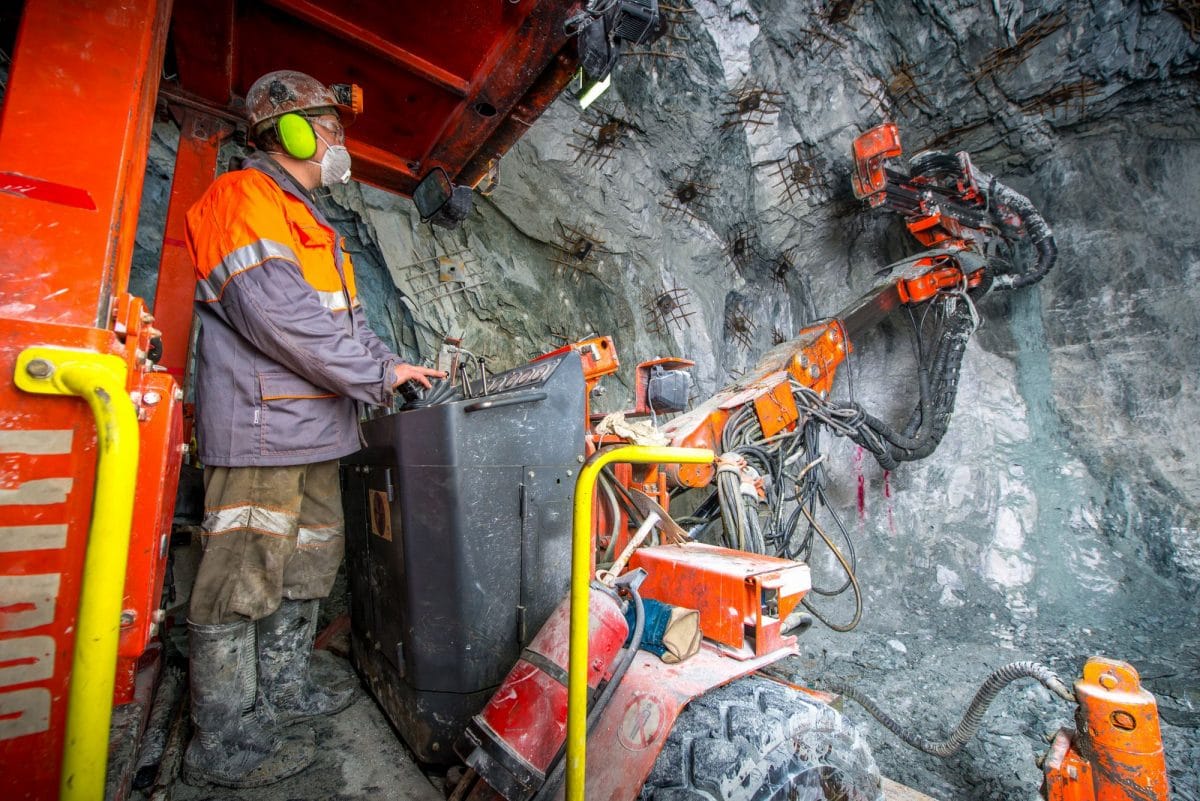Asbestos-related diseases – the silent killers
Asbestos is the term used when describing a specific group of minerals containing magnesium-silicate fibres. Coined as the ‘magic mineral’, it possesses a natural fire-resistant property making it ideal for flooring, roofing, and thermal insulation.
However, the advantages of asbestos usage come with the dangers of being exposed to this material. Inhaling asbestos particles results in health conditions that can be life-threatening. Fine particles of asbestos are barely noticeable with the naked eye, making it hard for patients to identify if they’ve been extremely exposed to such particles.
When asbestos-related diseases develop, it is usually because millions of microscopic mineral fibres have accumulated in a person’s lung tissue or a membrane lining in the body.
No amount of asbestos exposure is considered safe, and people should always take precaution to avoid inhaling toxic dust.
However, most asbestos-related diseases arise only after many years of regular exposure. An extremely intense short-term exposure also heightens the risk of disease later in life.
After exposure occurs, asbestos cannot be removed from the lungs. Preventing further harm to the respiratory system can lower the chances of disease developing or slow down progress of an existing disease.
Through constant medical check-ups, especially for industrial workers, they might detect these harmful health effects discussed above to immediately prevent worse conditions and deliver early treatment.
People are more likely to experience asbestos-related disorders if they:
- are exposed to high concentrations of asbestos,
- are exposed for longer periods of time, and/or
- are exposed to asbestos more frequently.
The risk of disease depends on many factors:
- How much asbestos is in the air
- How often and for how long exposure occurs
- How much time has passed since exposure began
- Whether the person already has lung or breathing conditions and
- Whether the person smokes tobacco.
Asbestos has been incorporated into thousands of products, such as building materials, automotive parts and consumer items. Industries frequently used asbestos for its durability and fire-resistant qualities. It was a popular additive to products particularly from the 1930s to the mid-1970s.
Asbestos may still be present in homes and buildings built before 1980. Asbestos fibres are not visible to the human eye and can be difficult to identify. It’s important for people to be aware of common materials that may contain asbestos to prevent exposure.
Building materials containing asbestos
- Caulking
- Ceiling tiles
- Cement sheeting
- Concrete
- Electrical breakers
- Millboard
- Plasters
- Roof shingles/felt
- Sheetrock
- Siding
- Textured popcorn ceilings
- Vinyl floor tiles
In the EPA’s National Survey of Asbestos-Containing Friable Materials Final Report, the agency noted many of these materials contained high amounts of asbestos:
- Asbestos-containing pipe or boiler insulation had an average asbestos content of 70%.
- Sprayed or trowelled-on friable asbestos material for insulation and fireproofing had an average asbestos content of 14%.
- Construction workers and homeowners may still be at risk of asbestos exposure while performing renovations and remodels in older structures.
Asbestos exposure is a concern for the following workplaces and processes:
- Mining of asbestos occurring from natural mineral deposits
- Processing of asbestos minerals (millers)
- Manufacture of asbestos-containing products
- Construction industry – disturbing asbestos-containing materials during building renovations or demolitions
- Mechanics – vehicle brake and clutch repairs
- Marinas – renovating or demolishing ships constructed with asbestos-containing materials
- Insulation workers and heating trades
- Sheet metal workers, plumbers and pipe fitters
- Workers responsible for disposing of asbestos waste, and waste workers
- Cement workers
- Custodial workers – contact with deteriorating asbestos-containing materials in buildings.
Asbestos-related diseases
Scientific studies have shown that the following non-cancer diseases can be caused by breathing asbestos:
- Asbestosis is scarring in the lungs caused by breathing asbestos fibres.
- Pleural disease is a non-cancerous lung condition that causes changes in the membrane surrounding the lungs and chest cavity (pleura).
Asbestos exposure also increases the risk of developing certain cancers:
- Lung cancer is a malignant tumour that invades and blocks the lung’s air passages. Smoking tobacco combined with asbestos exposure greatly increases the chance of developing lung cancer.
- Mesothelioma is a rare cancer of the membrane that covers the lungs and chest cavity (pleura), the membrane lining the abdominal cavity (peritoneum), or membranes surrounding other internal organs. Signs of mesothelioma may not appear until 30 to 40 years after exposure to asbestos.
In addition to lung cancer and mesothelioma, asbestos exposure can also cause cancer of the larynx and ovary. Current evidence also suggests asbestos exposure may cause cancer of the pharynx, stomach, and colorectum. Enlargement of the heart can also occur as an indirect effect from the increased resistance of blood flow through the lungs.
Short-term asbestos exposure involves incidents that last less than a few days. Certain extreme events, such as the toxic exposure caused by the 9/11 attacks, can lead to a high risk of illness later in life. But in general, the health risk from short-term asbestos exposure is low.
Short-term exposure fast facts:
- Light, short-term exposure rarely causes disease
- A one-off exposure from do-it-yourself renovation is not a major risk
- Asbestos exposure is cumulative, so short-term exposures can add up
- Disasters may cause extreme asbestos-exposure events.
- People concerned about asbestos exposure should visit their doctor or other medical provider. Based on the person’s detailed exposure and medical history and a physical exam, the doctor will decide if additional testing is needed.
Treatment
There’s no treatment to reverse the effects of asbestos on the alveoli. Treatment focuses on slowing the progression of the disease, relieving symptoms and preventing complications.
Patients will need routine follow-up care, such as chest X-rays or CT scans and lung function tests, at regular intervals depending on the severity of their condition. Prompt treatment of respiratory infections can help prevent complications.
- Common medications for asbestosis treatment include:
- Bronchodilators (inhalers)
- Medications to thin secretions
- Supplemental oxygen
- Antibiotics
- Pain medications
- Corticosteroids (anti-inflammatory medication).
Starting with an asbestos inspection
If an individual suspects asbestos is present, they can hire a professional authorised inspection agency, such as Strat Environment, to inspect the area. Where indicated, samples of damaged or broken materials will be taken and tested. Research indicates there is no safe level of asbestos exposure. To prevent exposure, asbestos should only be handled and removed by professionals with the appropriate certifications.
If asbestos is identified, Strat Environment can recommend next steps. An asbestos abatement company can encapsulate the asbestos or remove and dispose of the material safely.
Only asbestos abatement professionals should handle, remove and dispose of asbestos. Abatement professionals can safely handle asbestos by following regulations. Mishandling asbestos may lead to asbestos exposure. Individuals exposed to asbestos may develop mesothelioma and other asbestos-related diseases.
Sources:
https://healthiack.com/health/asbestos-removal-harmful-effects-of-asbestos-exposure
https://www.asbestos.com/asbestosis/treatment/
https://www.ccohs.ca/oshanswers/chemicals/asbestos/effects.html
https://www.asbestos.com/exposure/short-term/
https://www.mesothelioma.com/asbestos-exposure/handling/
https://www.maacenter.org/asbestos/handling/
https://www.mayoclinic.org/diseases-conditions/asbestosis/diagnosis-treatment/drc-20354643
https://www.atsdr.cdc.gov/asbestos/health_effects_asbestos.html






